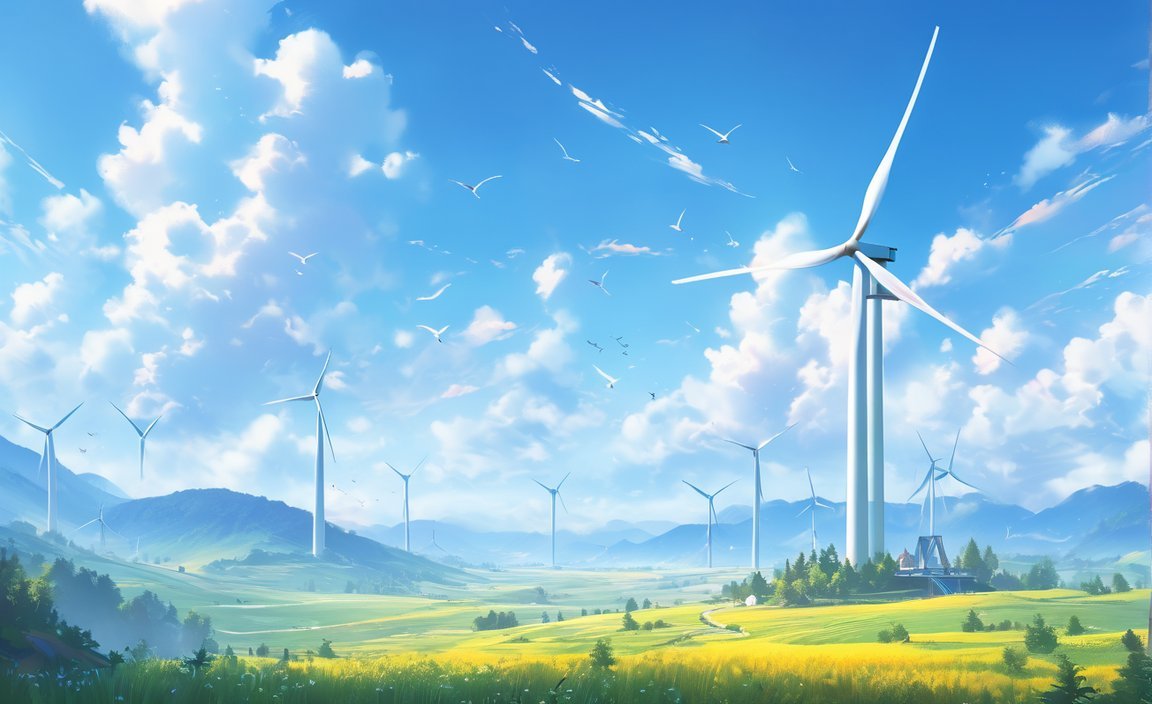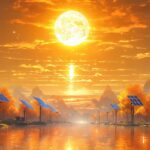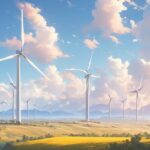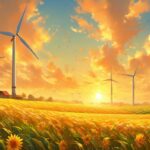As the world continues to shift towards renewable sources of energy, wind power has emerged as a frontrunner in the sustainable energy landscape. Balancing the pros and cons of wind energy is crucial in understanding its viability and impact. In this article, we will delve into the advantages and disadvantages of harnessing the power of wind, exploring its economic benefits, environmental advantages, as well as the challenges it presents. By examining the multifaceted aspects of wind energy, we can gain a comprehensive understanding of its potential as a clean and efficient source of power.
Key Takeaways:
- Wind energy is a clean and renewable source of electricity that does not produce harmful emissions or contribute to climate change.
- The cost of wind energy has significantly declined in recent years, making it more competitive with other energy sources.
- Wind energy is intermittent, meaning it relies on the availability of wind. This can lead to a lack of energy availability during times of peak demand.
- Wind turbines pose a threat to wildlife, including birds and bats, as they can collide with the rotating blades.
Advantages and Disadvantages of Wind Energy
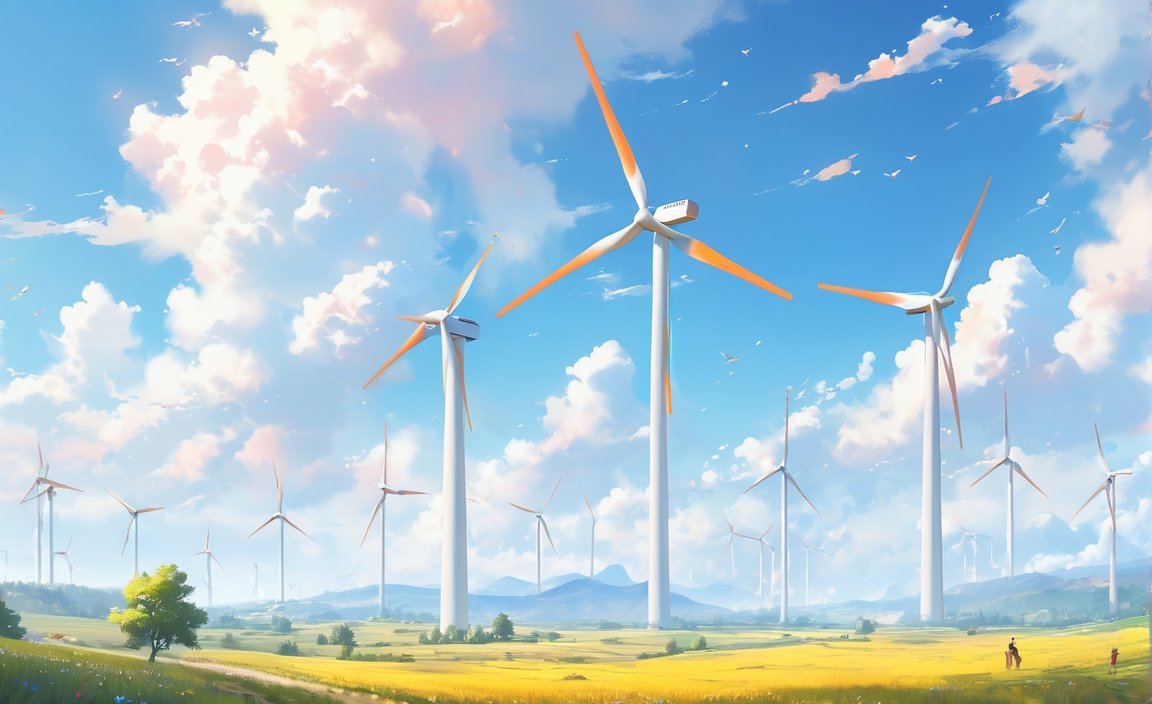
Advantages of Wind Energy
Wind energy has gained significant popularity as a renewable source of electricity, offering numerous advantages that make it an attractive option for sustainable power generation.
Clean and Renewable: One of the most compelling advantages of wind energy is its cleanliness and renewability. Unlike fossil fuels, wind power does not produce harmful greenhouse gas emissions or contribute to climate change. Harnessing the power of wind ensures a cleaner and healthier environment for future generations.
Cost-Effective: With advancements in technology and increased efficiency, the cost of wind energy has been steadily decreasing. As a result, it has become increasingly cost-effective, making it competitive with traditional energy sources. Choosing wind power can help reduce electricity bills and provide long-term financial benefits.
Disadvantages of Wind Energy
While wind energy offers numerous benefits, it also presents some challenges that need to be carefully considered.
Intermittency: One notable disadvantage of wind energy is its intermittency. As wind speeds fluctuate, the availability of energy varies, leading to potential gaps in electricity generation. During times of peak demand, if wind speeds are too low, turbines may not spin efficiently, impacting energy availability. Developing effective storage solutions and diversifying energy sources can help address this limitation.
Impact on Wildlife: Wind turbines, though beneficial for clean energy production, can pose risks to wildlife, particularly birds and bats. Collisions with rotating turbine blades can cause harm to these animals. Environmental experts continuously work towards developing mitigation strategies to minimize this impact, such as proper siting, monitoring, and designing turbine configurations that minimize risks to wildlife.
It’s important to carefully balance the advantages and disadvantages of wind energy when considering its implementation. While it offers significant environmental benefits and cost advantages, challenges related to intermittency and concerns about wildlife impact should be addressed through proper planning, technological advancements, and comprehensive impact assessments.
In conclusion, wind energy presents a promising solution for clean and sustainable power generation. By understanding its advantages and disadvantages, we can make informed decisions to harness its potential while addressing the associated challenges. Investing in wind energy not only contributes to a greener future but also creates opportunities for economic growth and energy independence.
Sources:
– EnergySage: The Top Pros And Cons of Wind Energy
– Constellation: Wind Energy Advantages and Disadvantages
To explore the advantages and disadvantages of wind energy conversion systems, visit our comprehensive guide here.
Discover the potential benefits and drawbacks of integrating wind power in agriculture by clicking here.
Wind Power Advantages
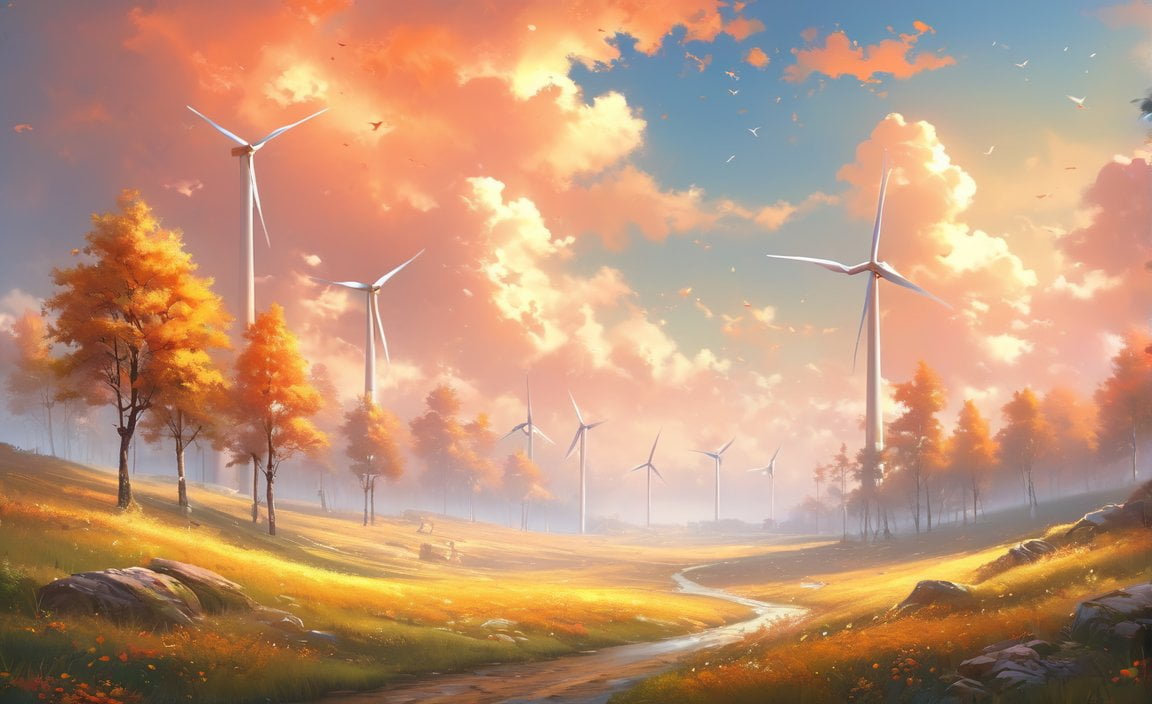
Wind power, as a renewable energy source, offers numerous advantages that make it an increasingly attractive option for electricity generation. Let’s explore some of the key advantages of wind energy:
Clean and Renewable Energy Source
One of the most significant advantages of wind power is that it is a clean and renewable energy source. Unlike fossil fuels, which contribute to air pollution and climate change, wind energy does not produce harmful emissions. By harnessing the power of the wind, we can generate electricity without burning fuel or polluting the air. This makes wind power a sustainable solution for reducing our carbon footprint and combating climate change.
Cost-Effectiveness
Wind power has become increasingly cost-effective in recent years. The declining costs of wind turbines and improved technology have made wind energy competitive with other sources of electricity. In fact, wind power is currently one of the lowest-priced energy sources. This cost-effectiveness not only benefits consumers but also makes wind power an attractive investment for businesses and governments.
Job Creation
The wind energy industry has the potential to create significant job opportunities. According to the American Wind Energy Association, over 125,000 people are currently employed in the U.S. wind industry. As the demand for renewable energy continues to grow, the wind sector provides employment opportunities across various fields, including manufacturing, installation, maintenance, and research. Wind power not only contributes to a cleaner environment but also stimulates economic growth by generating high-quality jobs.
Low-Maintenance Requirements
Wind turbines have relatively low maintenance requirements, making them a practical choice for energy generation. Once installed, wind turbines require minimal upkeep, primarily consisting of regular inspections, preventive maintenance, and occasional component replacements. This low-maintenance aspect of wind power ensures the long-term reliability and efficiency of wind turbines, contributing to their cost-effectiveness over their lifespan.
High Efficiency and Technological Advancements
Wind power has seen significant growth and technological advancements in recent years. The development of larger and more efficient wind turbines has resulted in higher energy output and greater efficiency in capturing the kinetic energy of the wind. With ongoing research and development, the efficiency of wind turbines continues to improve, opening up new possibilities for generating even more electricity from wind power.
Preservation of Water Resources
Unlike conventional power generation, which often relies on water-intensive processes, wind power does not require significant water resources. By harnessing wind energy, we can conserve precious water resources that would otherwise be used in fossil fuel power plants for cooling and steam generation purposes. In fact, it is estimated that wind energy can save approximately 260 billion gallons of water by 2050, helping to mitigate water scarcity and preserve our valuable water ecosystems.
Distributed Installations and Flexibility
Wind power installations are not limited to specific locations, providing flexibility in energy generation. Wind turbines can be installed in various settings, including onshore and offshore locations, as well as in rural and urban areas. This distributed nature of wind energy allows for the generation of electricity closer to the point of consumption, reducing transmission losses and enhancing grid resilience. Furthermore, the versatility of wind power contributes to a more decentralized and diversified energy system.
By recognizing these advantages of wind power, we can better understand its potential as a clean, cost-effective, and sustainable energy source. However, it is important to acknowledge and address the challenges and disadvantages associated with wind energy to ensure a comprehensive assessment of its overall impact on our energy systems.
Key Takeaways:
- Wind power offers clean and renewable energy generation, contributing to mitigating climate change and reducing air pollution.
- The cost-effectiveness of wind energy has improved, making it one of the lowest-priced energy sources.
- The wind industry provides job opportunities and stimulates economic growth, employing thousands of people across various sectors.
- Wind turbines have low maintenance requirements, ensuring their reliability and long-term efficiency.
- Technological advancements have increased the efficiency of wind turbines, allowing for higher energy output.
- Wind power helps preserve water resources, reducing the water-intensive demands of conventional power generation.
- Wind energy installations are flexible and can be distributed across various locations, enhancing grid resilience and decentralizing energy generation.
Sources:
– Wind Power: Advantages & Disadvantages | Vaia – StudySmarter US
– Advantages and Disadvantages of Wind Power | Greentumble
Disadvantages of Wind Power
As with any form of energy generation, wind power also has its fair share of disadvantages that need to be considered. While wind energy offers numerous advantages, it is essential to understand the challenges and limitations associated with harnessing the power of wind.
1. Expensive Storage Requirements
One of the key drawbacks of wind energy is the need for effective storage solutions to address the intermittent nature of wind. During periods of low electricity demand or high wind production, excess energy needs to be stored for later use. However, the cost of storage technologies, such as batteries, can be expensive. Developing cost-effective and scalable storage solutions is still an ongoing challenge in the wind energy industry.
2. Unreliable and Variable Energy Source
The inherent variability of wind poses challenges in meeting consistent electricity demand. Wind is an unpredictable resource, and wind energy production fluctuates depending on wind speeds. During times of low wind speeds or calm weather conditions, wind turbines may not generate enough electricity to meet the demand. This intermittency can strain the stability and reliability of the power grid, requiring backup power sources to bridge the gap.
3. Visual and Aesthetic Impact
While wind turbines represent progress in renewable energy, some individuals may view them as visually intrusive or affecting the aesthetic appeal of the surrounding landscape. The appearance of wind farms, especially when located in close proximity to residential areas or areas of natural beauty, can be a concern for certain communities. Balancing the benefits of clean energy with the visual impact of wind turbines remains a challenge for project developers.
4. Land Requirement
Wind farms require significant land areas for their installation. This can pose challenges in densely populated regions where suitable open spaces are limited. Finding suitable locations for wind farms without encroaching on valuable agricultural land or natural habitats can be a logistical and environmental challenge. Additionally, the need for proper land use planning and community acceptance can affect the expansion of wind energy projects.
5. Noise and Wildlife Impact
Though wind turbines operate quietly in comparison to other energy generation technologies, some people living in close proximity to wind farms may experience noise concerns. While advancements have been made to mitigate noise levels, it can still be a significant factor to consider, especially in residential areas.
Furthermore, wind turbines can pose a threat to wildlife, particularly birds and bats. Collisions with rotating turbine blades can occur, leading to potential harm to certain bird and bat populations. Proper environmental impact assessments and ongoing research are necessary to minimize the impact of wind energy on wildlife.
Key Takeaways:
- Wind energy storage can be expensive, hindering the ability to effectively manage intermittent energy production.
- The variability of wind as an energy source poses challenges in meeting consistent electricity demand.
- The visual impact and aesthetics of wind farms can be a concern for some individuals and communities.
- Wind farms require substantial land areas, which can limit their expansion in densely populated regions.
- Noise concerns and potential wildlife impacts are factors to consider when implementing wind energy projects.
Sources:
– GreenTumble: Advantages and Disadvantages of Wind Power
– Wind Solar Alliance: Advantages and Disadvantages of Wind Energy
FAQ
Q1: What are the uses of wind energy?
A1: Wind energy is used for electricity generation through wind turbines. It can also be used to pump water, grind grains, and power other mechanical devices.
Q2: What are the economic advantages of wind power?
A2: Wind power offers cost-effectiveness, as the price of wind energy has significantly decreased in recent years. It also creates job opportunities and stimulates economic growth in the wind energy industry.
Q3: What are the advantages of wind energy?
A3: Wind energy is a clean and renewable source of electricity, contributing to reduced greenhouse gas emissions and climate change. It is also cost-effective, provides job opportunities, enhances energy independence, and diversifies the energy mix.
Q4: What are the disadvantages of wind power?
A4: The disadvantages of wind energy include expensive storage requirements for excess energy, variability in energy production due to wind intermittency, visual and aesthetic impact of wind farms, and land requirement constraints for installation.
Q5: What are the disadvantages of wind power?
A5: The disadvantages of wind energy include intermittency, as it relies on the availability of wind, and the potential impact on wildlife, such as birds and bats, due to collisions with turbine blades.
- Blindness Doesn’t Limit: Popular Blind People’s Inspiring Success Stories - April 19, 2025
- Discover Famous Chinese People: A Deep Dive into History’s Impact - April 19, 2025
- The War I Finally Won: Ada’s WWII Journey of Healing - April 19, 2025
